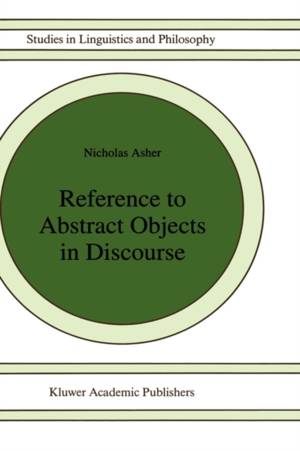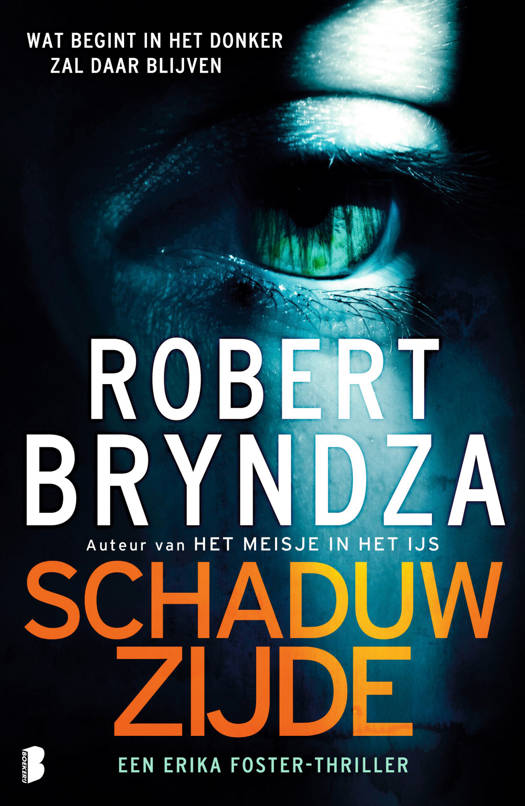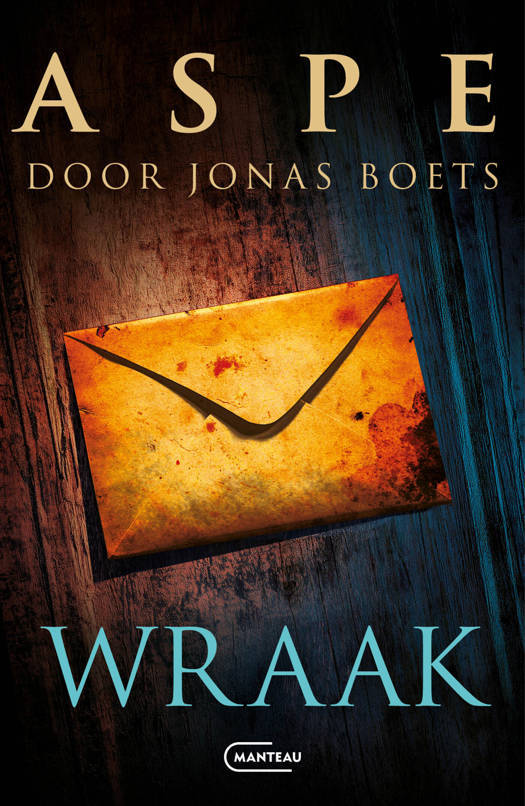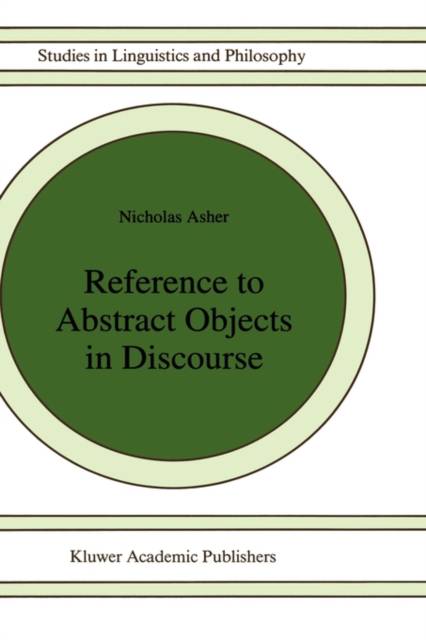
- Afhalen na 1 uur in een winkel met voorraad
- Gratis thuislevering in België vanaf € 30
- Ruim aanbod met 7 miljoen producten
- Afhalen na 1 uur in een winkel met voorraad
- Gratis thuislevering in België vanaf € 30
- Ruim aanbod met 7 miljoen producten
Zoeken
Omschrijving
Reference to Abstract Objects in Discourse presents a novel framework and analysis of the ways we refer to abstract objects in natural language discourse. The book begins with a typology of abstract objects and related entities like eventualities. After an introduction to `bottom up, compositional' discourse representation theory (DRT) and to previous work on abstract objects in DRT (notably work on the semantics of the attitudes), the book turns to a semantic analysis of eventuality and abstract object denoting nominals in English. The book then substantially revises and extends the dynamic semantic framework of DRT to develop an analysis of anaphoric reference to abstract objects and eventualities that exploits discourse structure and the discourse relations that obtain between elements of the structure. A dynamic, semantically based theory of discourse structure (SDRT) is proposed, along with many illustrative examples. Two further chapters then provide the analysis of anaphoric reference to propositions VP ellipsis. The abstract entity anaphoric antecedents are elements of the discourse structures that SDRT develops. The final chapter discusses some logical and philosophical difficulties for a semantic analysis of reference to abstract objects.
For semanticists, philosophers of language, computer scientists interested in natural language applications and discourse, philosophical logicians, graduate students in linguistics, philosophy, cognitive science and artificial intelligence.
For semanticists, philosophers of language, computer scientists interested in natural language applications and discourse, philosophical logicians, graduate students in linguistics, philosophy, cognitive science and artificial intelligence.
Specificaties
Betrokkenen
- Auteur(s):
- Uitgeverij:
Inhoud
- Aantal bladzijden:
- 455
- Taal:
- Engels
- Reeks:
- Reeksnummer:
- nr. 50
Eigenschappen
- Productcode (EAN):
- 9780792322429
- Verschijningsdatum:
- 30/04/1993
- Uitvoering:
- Hardcover
- Formaat:
- Genaaid
- Afmetingen:
- 156 mm x 234 mm
- Gewicht:
- 834 g

Alleen bij Standaard Boekhandel
+ 1160 punten op je klantenkaart van Standaard Boekhandel
Beoordelingen
We publiceren alleen reviews die voldoen aan de voorwaarden voor reviews. Bekijk onze voorwaarden voor reviews.











